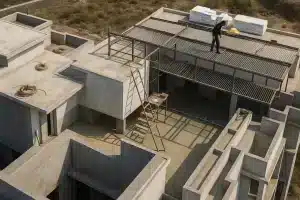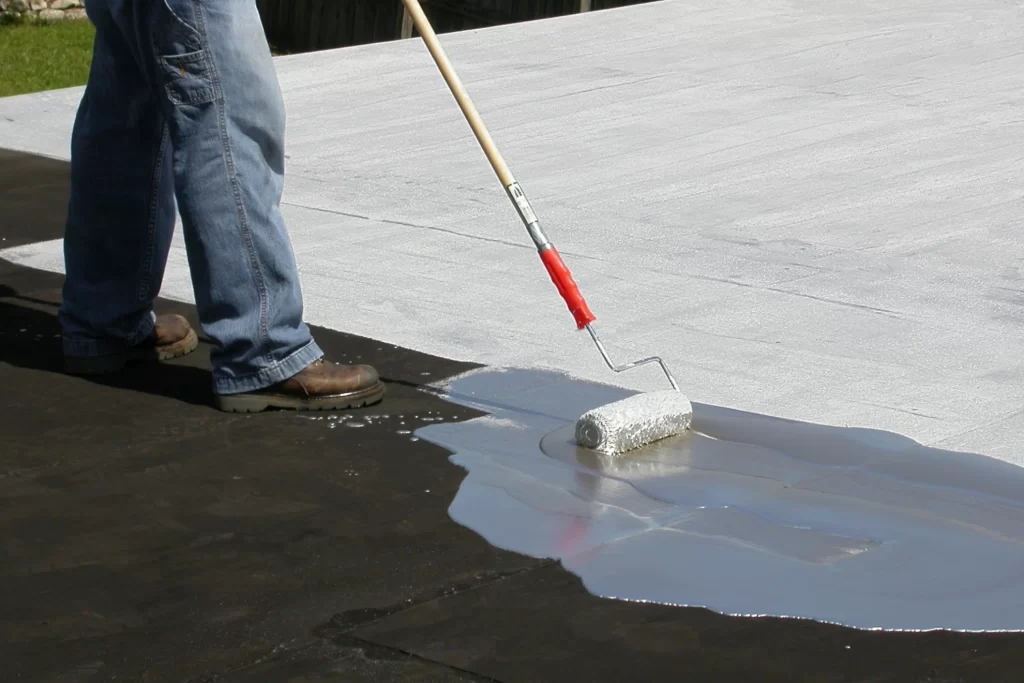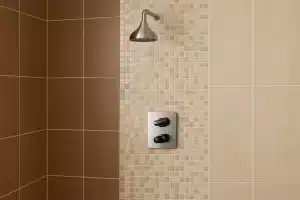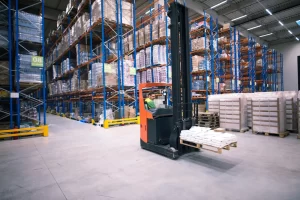
Advanced Multipurpose Waterproofing Coatings
It has been reported that heavy rains and a burst geyser or water pipe are one of the most damaging disasters to a building. Waterproofing a building plays a pivotal role in preventative risk management. It is cheaper to outlay money before damage is caused as opposed to outlaying money




